
Catch-cans. Can of worms more like it. Car-makers don’t like them, some mechanics don’t understand them and four-wheel-drive owners who have them fitted, tend to love them.
So what’s the reality? Do you need one? Will it wreck your engine? Will it void your warranty? Will it save the day, or even the planet?
Let’s break it down as it happened.
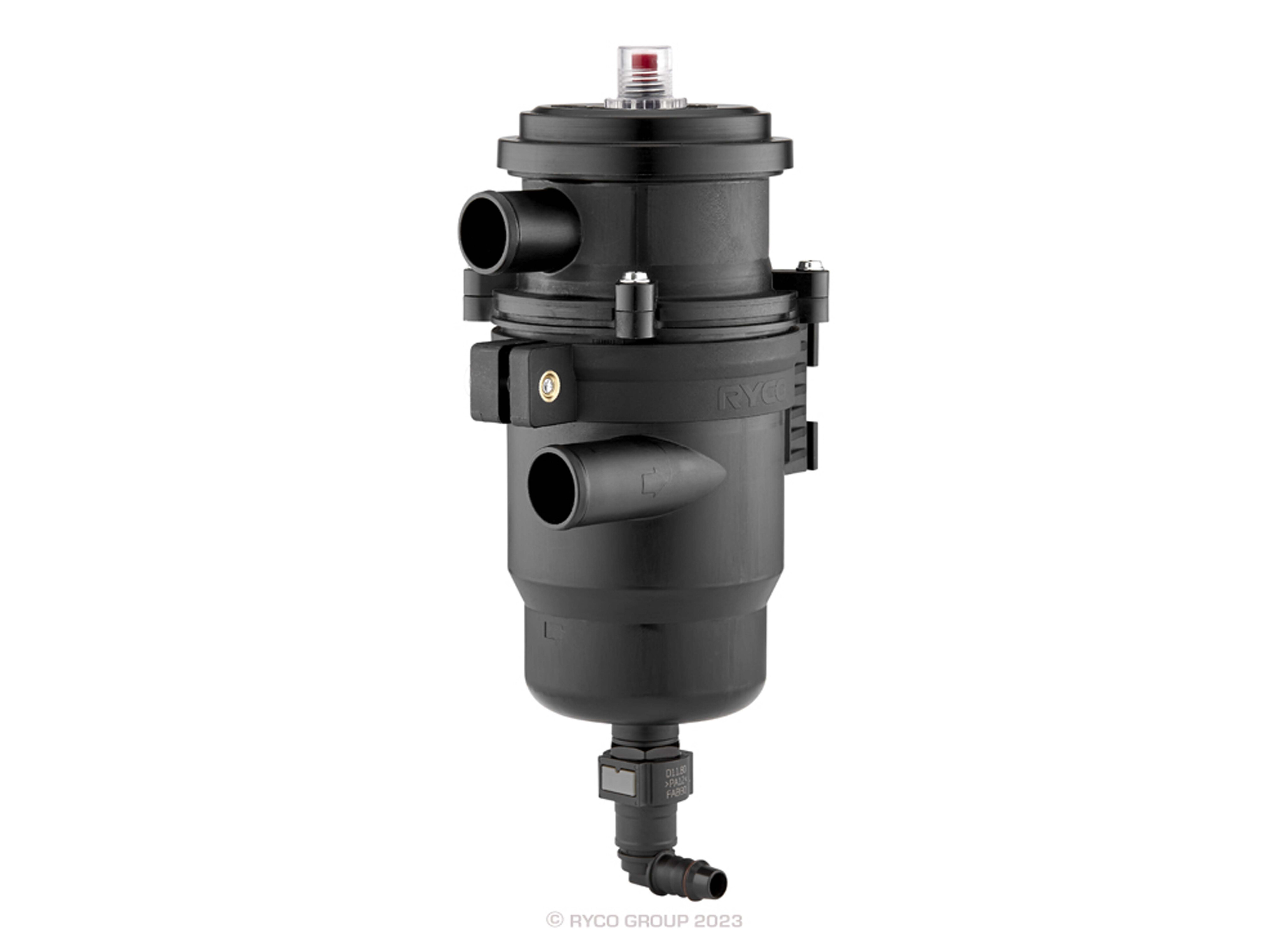
How did the catch-can come about?
The catch-can was initially developed for stationary diesels and the trucking industry.
As recreational four-wheel-drives have become ever more reliant on common-rail diesel technology, so has the catch-can debate become a hot-button topic.
What’s the problem, anyway?
To answer that, you need to understand what’s happening inside the modern turbo-diesel engine.
Essentially, pollution laws around the world (including here) have meant that a certain percentage of the engine’s exhaust has to be directed back into the combustion chambers so the engine can have a second crack at burning it and reducing tailpipe nasties.
Since the engine is now eating its own exhaust fumes, there’s a percentage of diesel soot that also gets ingested as part of that process.
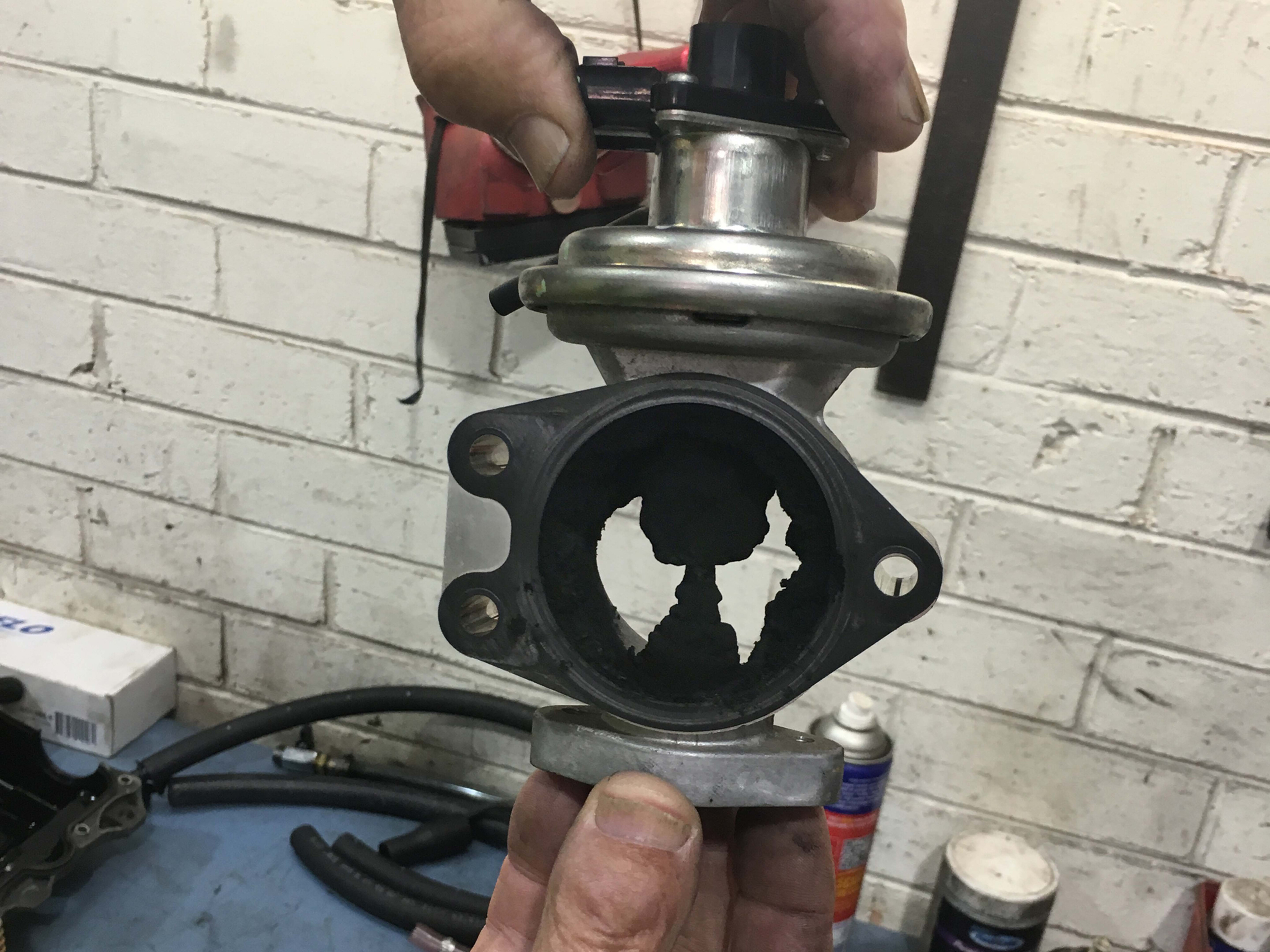
At the same time, the emissions laws also state that crankcase pressure – a natural part of having pistons pumping up and down in their cylinders – is no longer allowed to be vented to the atmosphere.
So the engine is required to swallow those fumes as well. The vapours present in the crankcase fumes contain a lot of oil mist and, guess what, those oily crankcase fumes and the sooty, black exhaust gas that is being recirculated mix together and form a horrible black gunk that gradually sticks to the engine’s inlet tract and can eventually cause the air intake system to become more or less totally blocked.
Think of it like black cholesterol. At which point your engine loses efficiency and performance.
Even disregarding the soot issue for a moment, the oil-mist fumes from the crankcase also pass over the intercooler on the way to the engine and that eventually puts an oily film on the intercooler’s internal surfaces, reducing its efficiency as well.
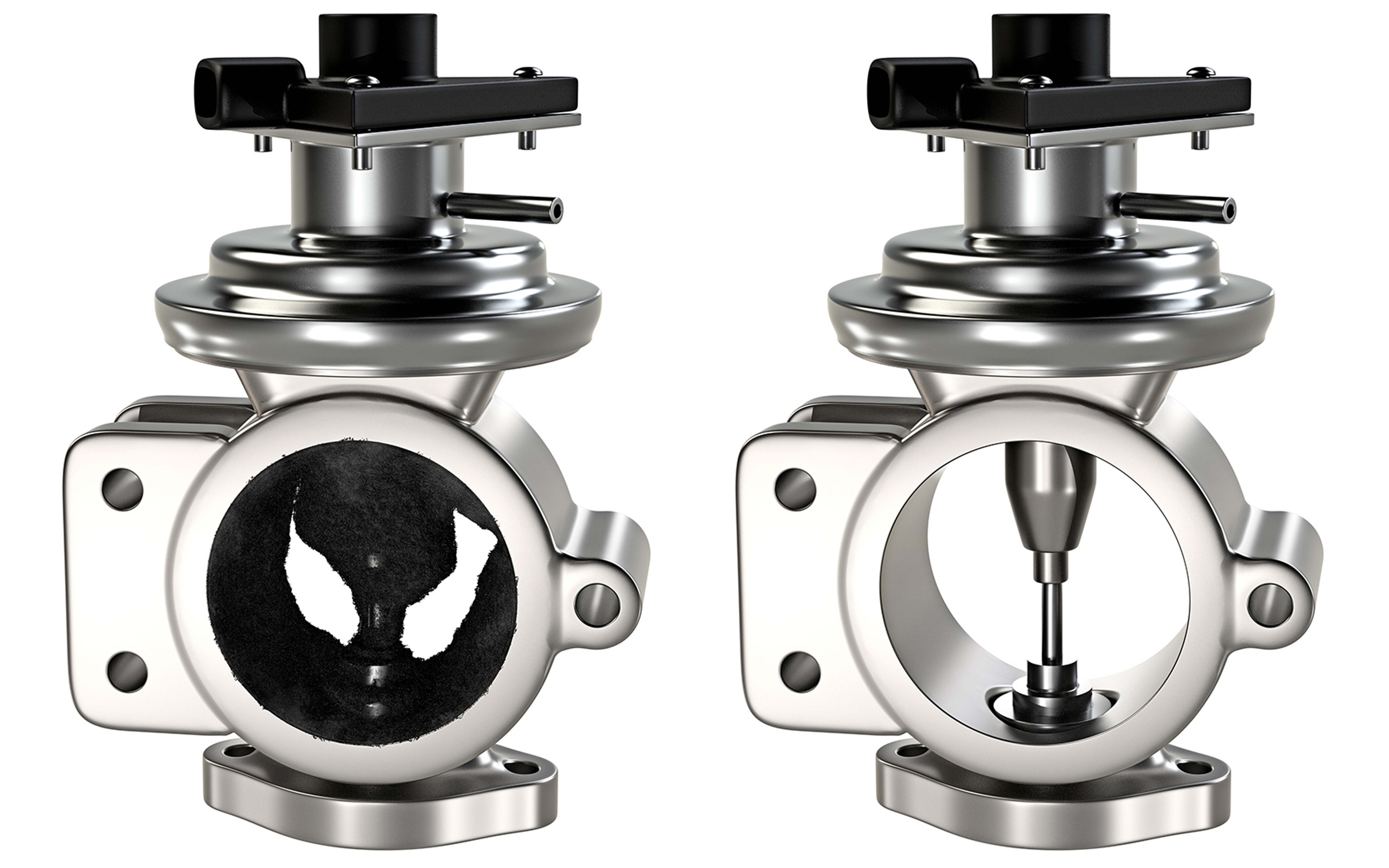
How does a catch-can fix that?
It’s beautifully simple, actually; the catch-can acts as a filter between the crankcase and the inlet tract and intercooler.
In a way, the name catch-can is a bit misleading because it sounds like a device to catch drips, not a filter, but a form of filtration is its real job.
The filter medium is a pretty high-tech material that essentially contacts the oil mist and – for want of a better word – condenses it to droplets. Gravity does the rest, causing the droplets to fall into the bottom of the can (hence catch-can) where they’re trapped.
With the oil mist out of the equation, the crankcase fumes can now be directed through the inlet tract (as the law dictates) without its oil content and without the chance to clag up the intercooler or start producing Satan’s Vegemite in the inlet manifold.
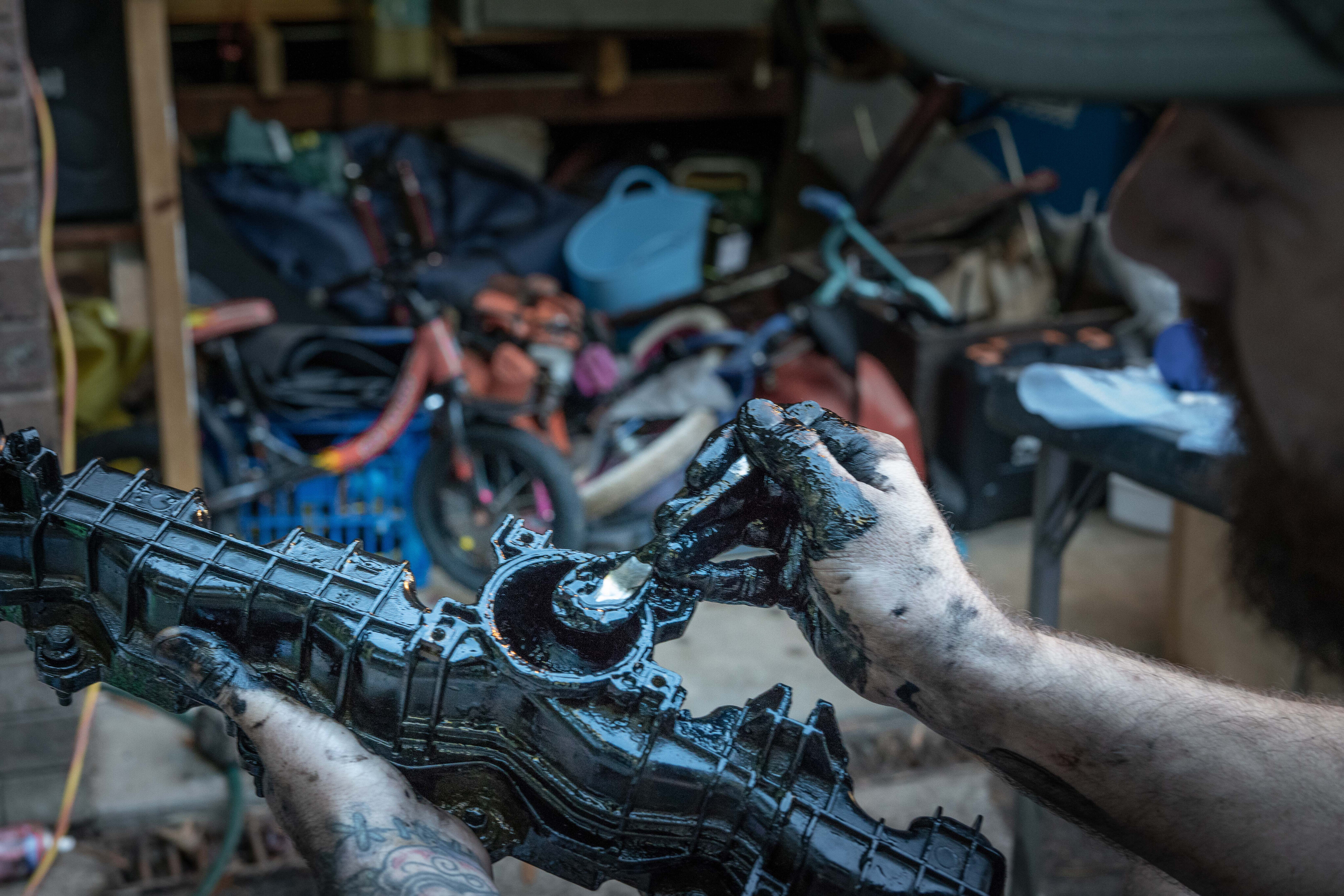
And if I don’t have a catch-can?
Then you can be pretty certain that over time, a modern common-rail turbo-diesel will begin the process of clogging its inlet tracts with the dreaded black stuff.
And once the build-up reaches a certain stage, you’ll start to notice the engine losing efficiency. As in, burning more fuel and making less power. Sub optimal, for sure.
The fix is to disassemble the entire intake system and hand or chemically clean the gunk from the air passages. It’s a dirty, thankless task and it can consume plenty of workshop hours, so it’s not a cheap procedure.
And the moment it’s put back together and run without a catch-can, the whole process begins again. Oh, and in reality, even once you’ve forked out for the repairs, you’re really only back to square one in terms of how the car should perform.
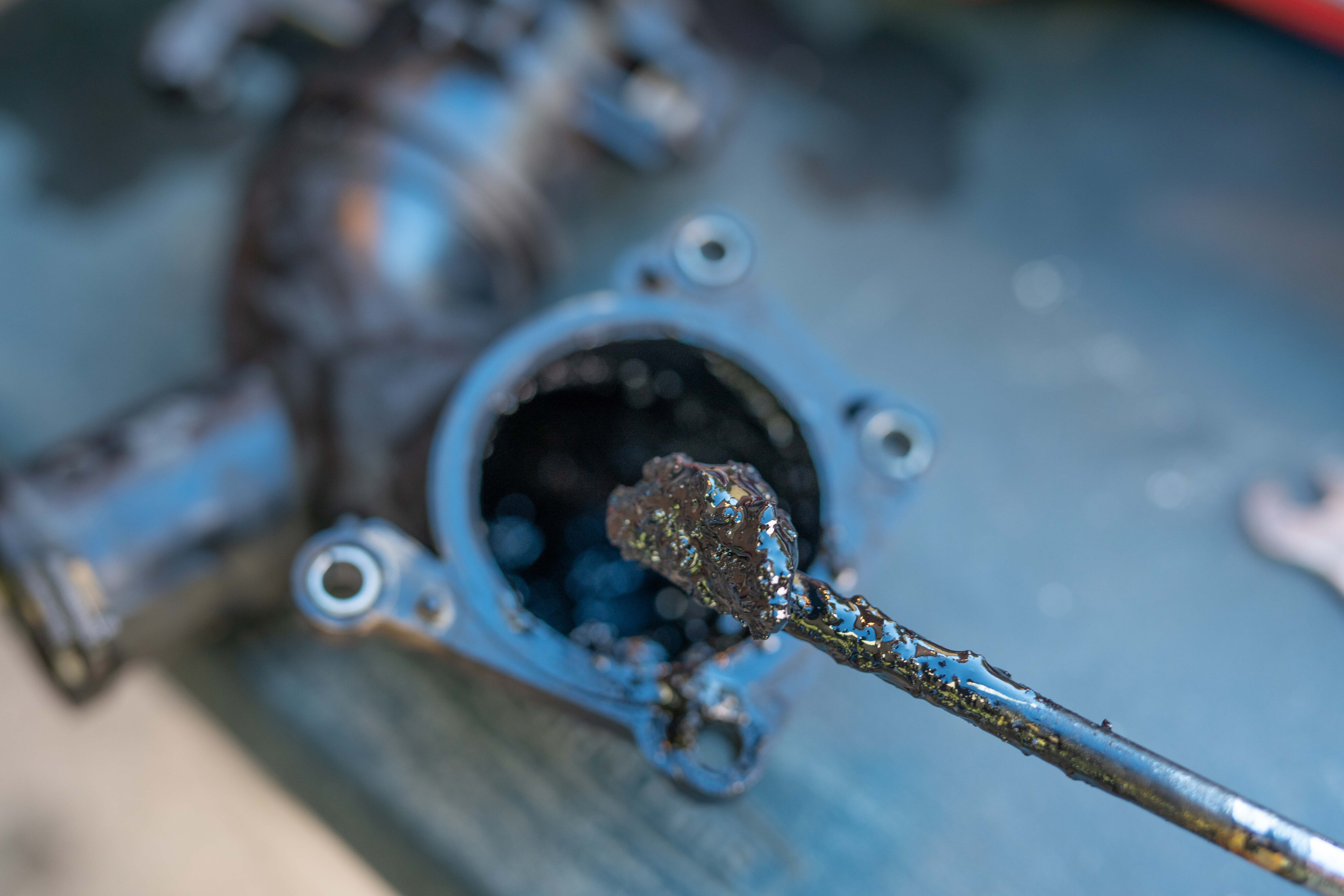
So why don’t car-makers like catch-cans?
This one is a bit harder to answer, but the reality is that, depending on the manufacturer, you’ll be threatened with having your factory warranty torn up if you fit a catch-can.
Again, though, it’s far from that simple. See, unless an engine failure can be traced back to a problem caused by the catch-can system, then it becomes a bit of a grey area over whose responsibility the failure becomes. Think of it as if you’d fitted a bullbar to your vehicle.
Now, if the car throws a con-rod into the mulga, that’s not going to be the fault of the bullbar, right? But if the suspension fails under the extra mass of the aftermarket bar and winch, then maybe you’ve got a warranty problem.
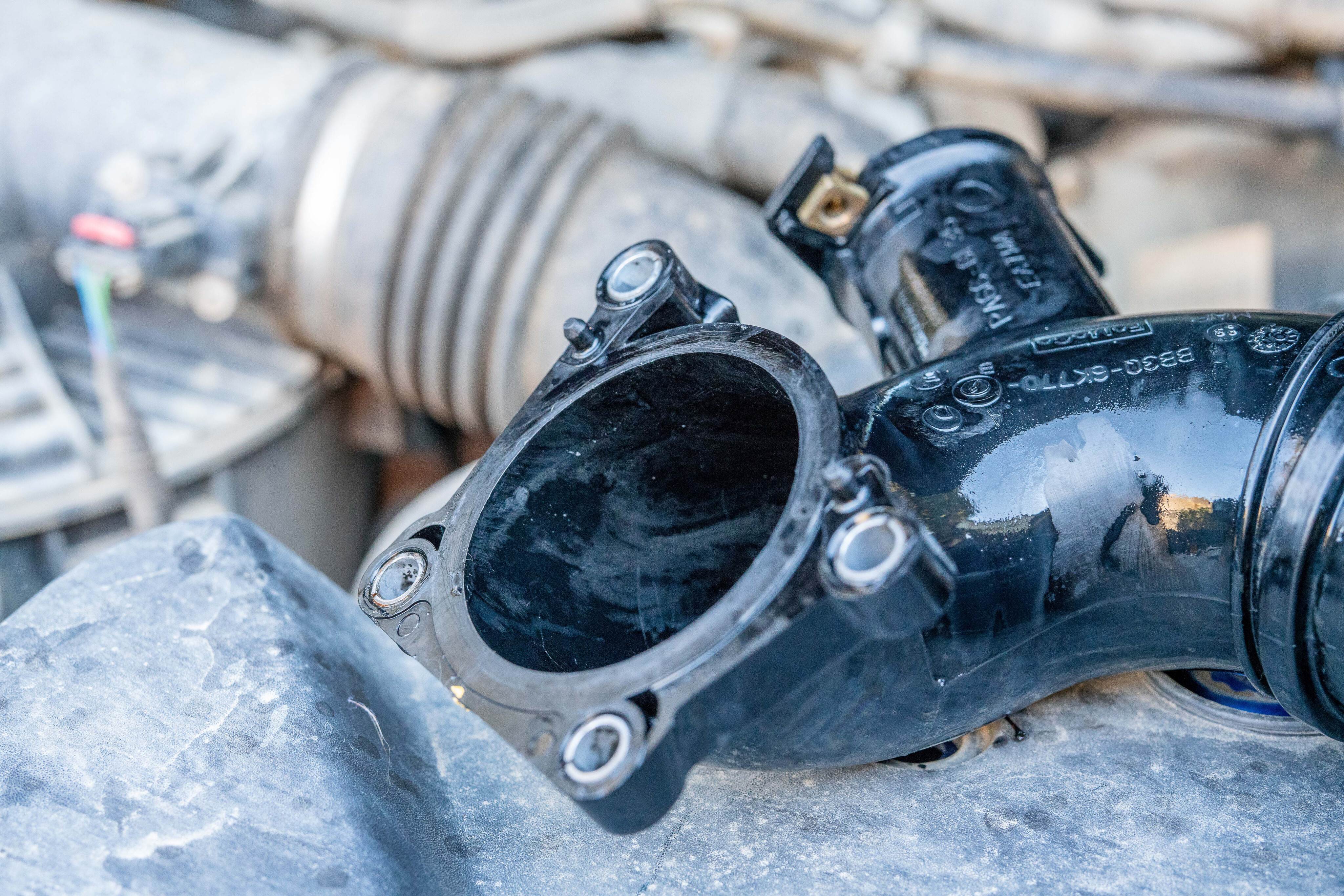
So why would a manufacturer have a problem with a device like a catch-can that is likely to reduce warranty claims, not increase them?
According to Brent Hutchinson, general manager of the Don Kyatt Group (which markets the Flashlube branded catch-can kits) the reality is more likely to be that manufacturers don’t like poor quality catch-cans. But since there’s so much misinformation about, the OEMs have mentally written them all off.
And there’s some sense in that, because a poor catch-can set-up will not only allow the same oil mist to run riot through your engine (through a poor filtering medium) if things like the pressure relief valve aren’t quality items, the set-up can allow damaging pressure to build up in the crankcase, at which point you’re looking at a whole new raft of problems.
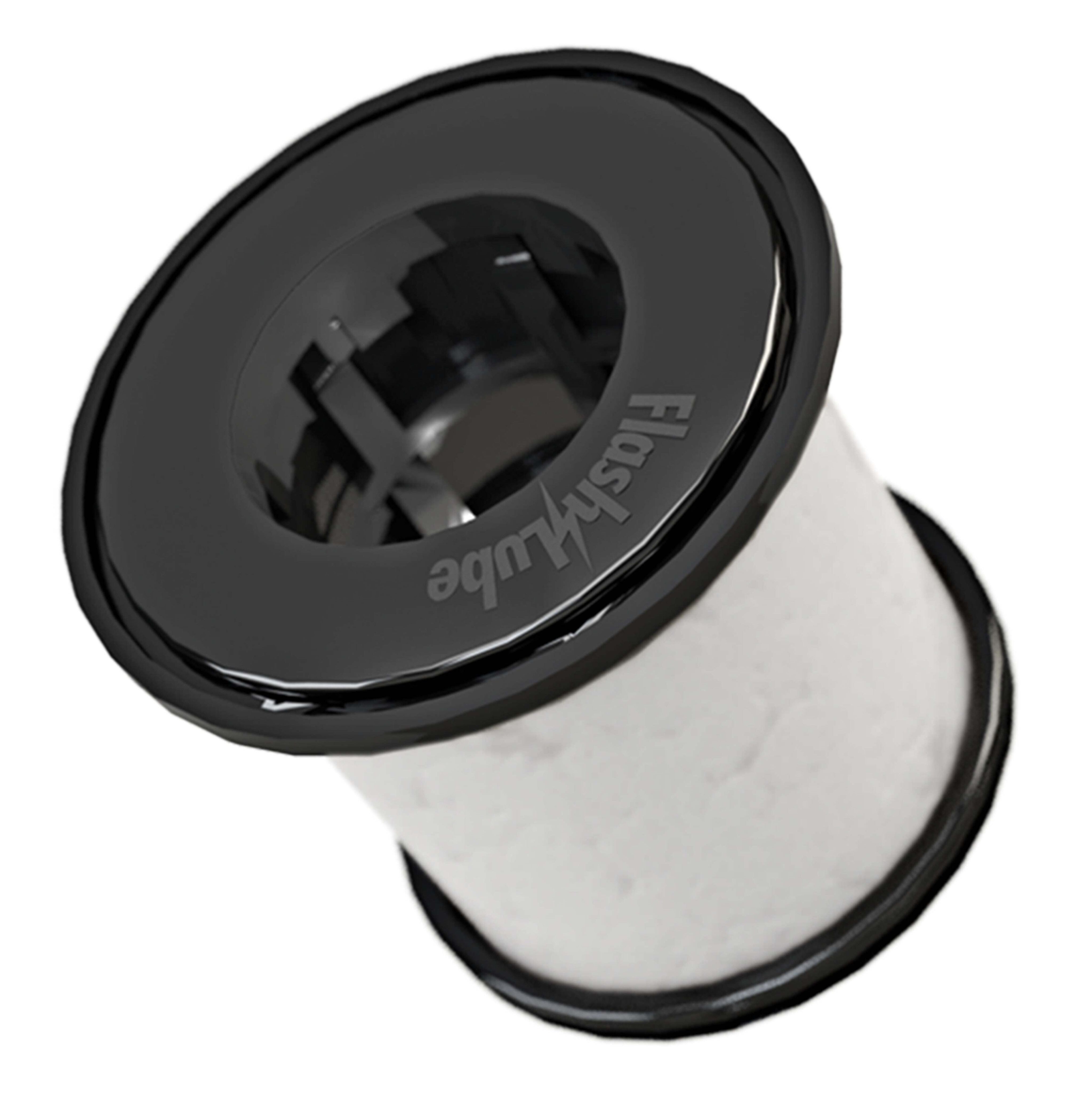
Ben Heselev who runs the Melbourne-based Ultimate Off Road Centre in Ferntree Gully and who fits plenty of catch-cans to his customers’ rigs, agrees that a poor catch-can or an incorrectly installed one can cause huge problems.
“Hook it up wrong, and you can blow the rocker cover off the engine,” he says. Again, once this sort of stuff happens a few times, car makers start to lump all catch-cans into the too-hard basket.
“There are some bad ones out there,” agrees Brent Hutchinson. “Some of them don’t do much at all, some have poor filtration. There are a whole bunch of things that can go (damagingly) wrong with a cheapie,” he says. “In fact, (turbocharger manufacturer) Garrett agrees with the fitment of a catch-can system, provided it’s a good one. That tells you a lot.”

“Just be sure to spend the money, and get a good one.”
“As for Toyota and other car makers threatening warranty issues… the conversation is up to you. Do you want to protect your engine or do you wanna play by their rules and lose performance and efficiency. Think about it like this: You’re unlikely to have a warranty claim in the first few years anyway, right? So why not play the long game and base your decision on owning the vehicle for many years after the warranty has expired. Now, how risky does a catch-can system look?”
“Just be sure to spend the money, and get a good one.”
And what is a good one? Ben Heselev says the features to look out for include a separate filter unit and a built-in pressure-relief valve. “Make sure the kit you buy has a separate filter element (that can be changed easily). Some of them only have a lump of what looks like steel wool. That’s not a proper filter element, and those ones rely on a change of temperature to work, rather than a proper filter medium.”
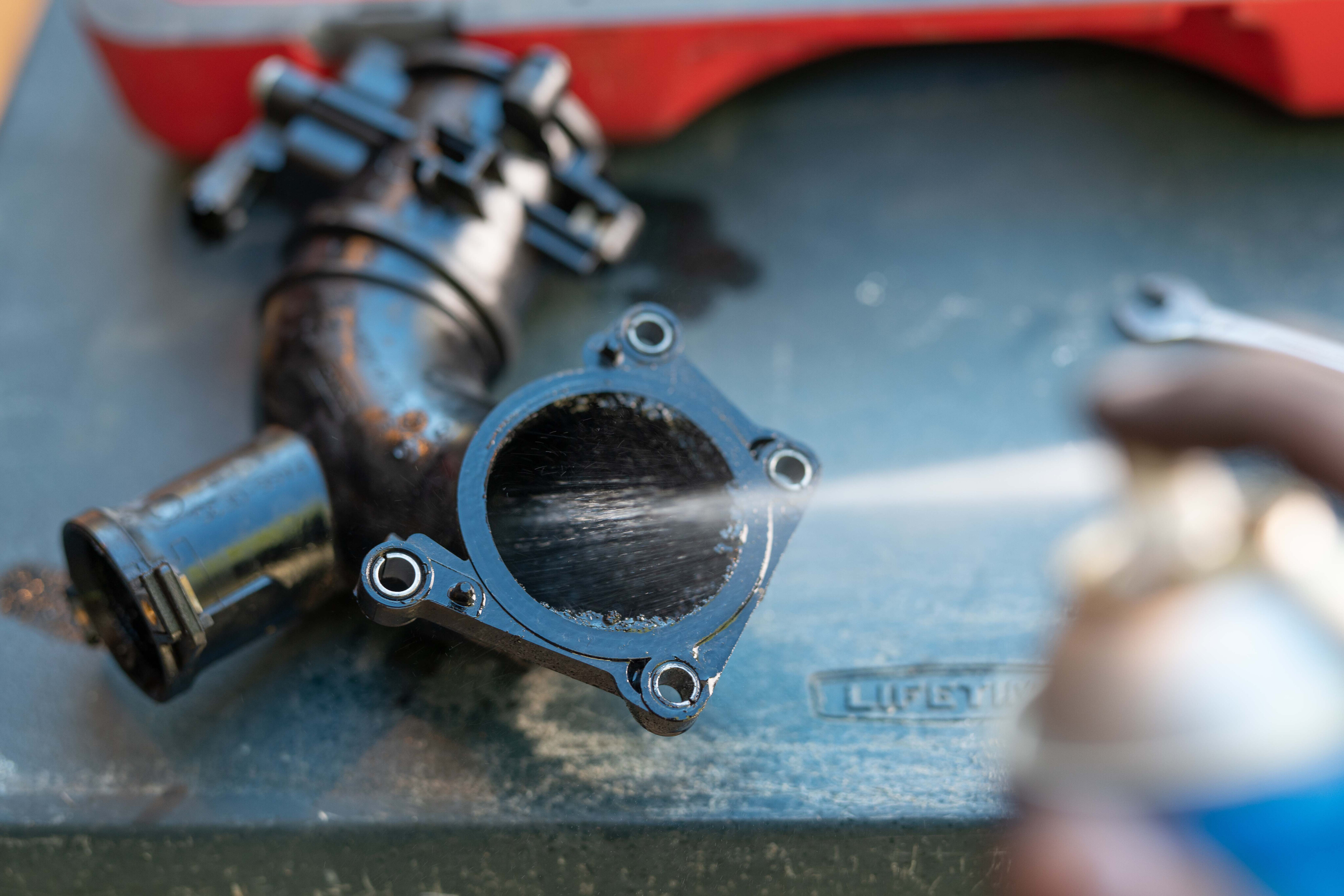
So how much money are we talking?
Compared with the cost of manually cleaning out an engine’s intake system, the $450 or so that a quality catch-can system costs is peanuts.
And in the case of the Flashlube product, that will include everything down to moulded hoses for a perfect fit and even the smallest clips.
There are about 40 different kits to suit particular makes and models with the emphasis on keeping an OE appearance under the bonnet. Fitting should take the average mechanic somewhere between 15 and 30 minutes.

Ben Heselev is on exactly the same page here, and says that between $400 and $500 is where you need to be.
“Below that and you’re probably wasting your time,” he reckons.
Once the kit is fitted, it should be more or less set and forget. That said, the filter will need to be changed every 20,000km and any oil inside drained out and disposed of correctly. But, again, as an alternative to acid-bathing the entire intake system to clean it, this doesn’t seem so bad.

COMMENTS